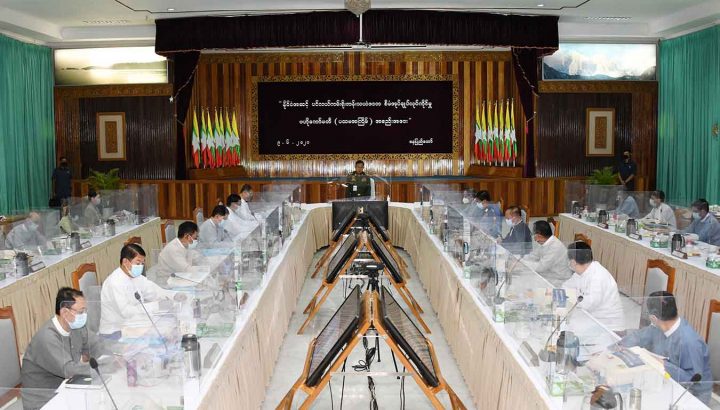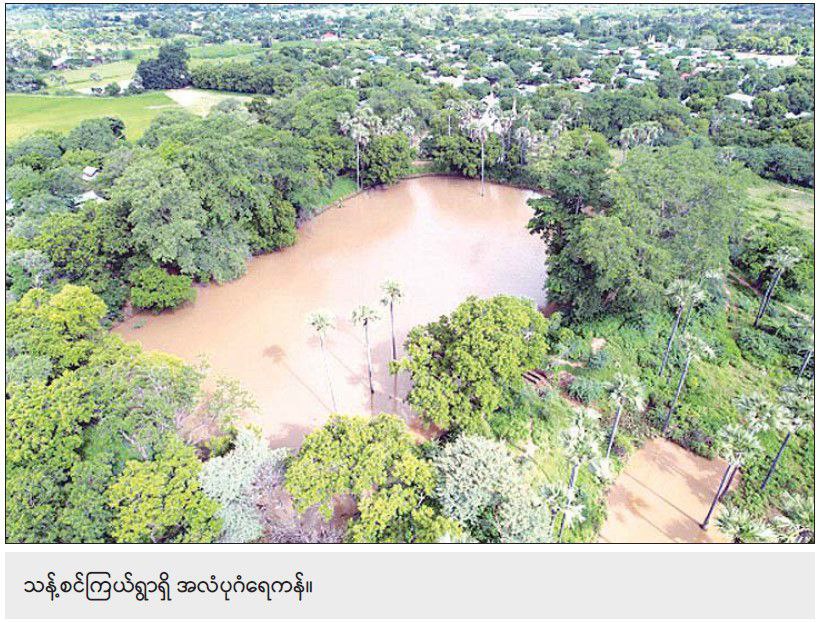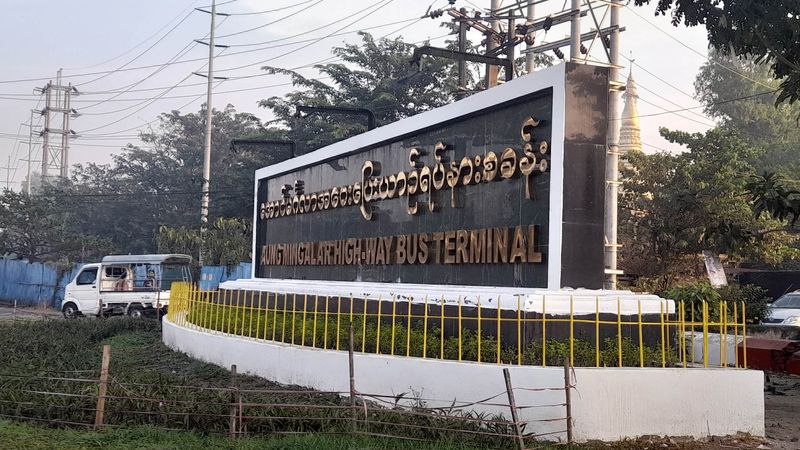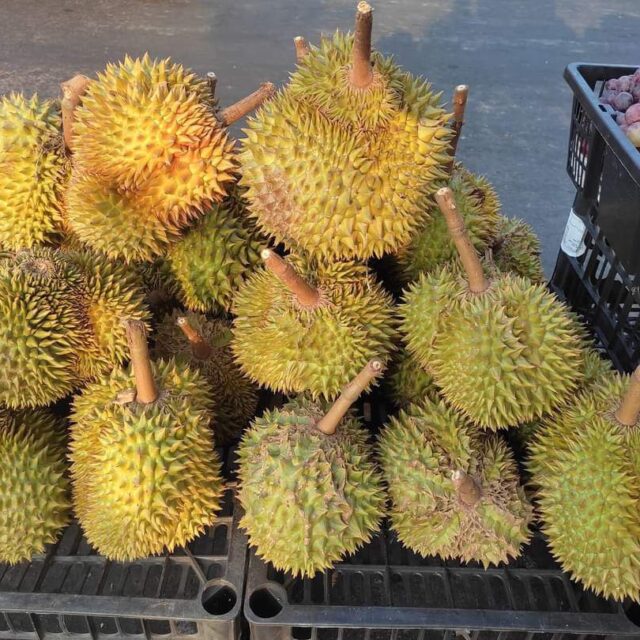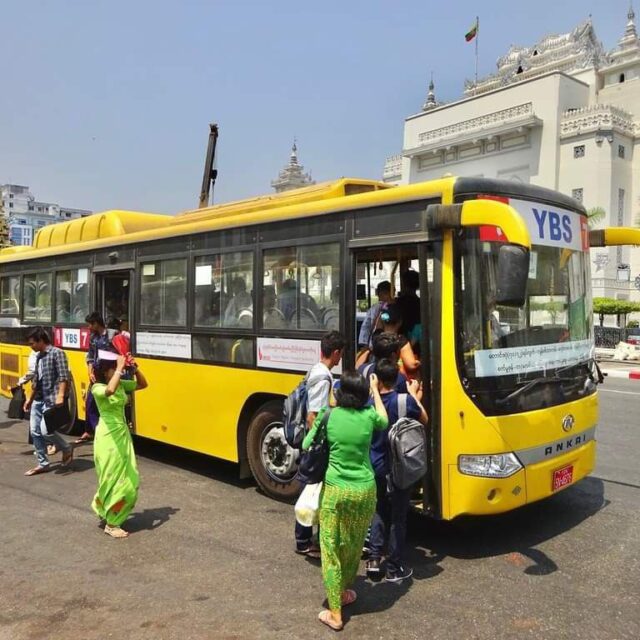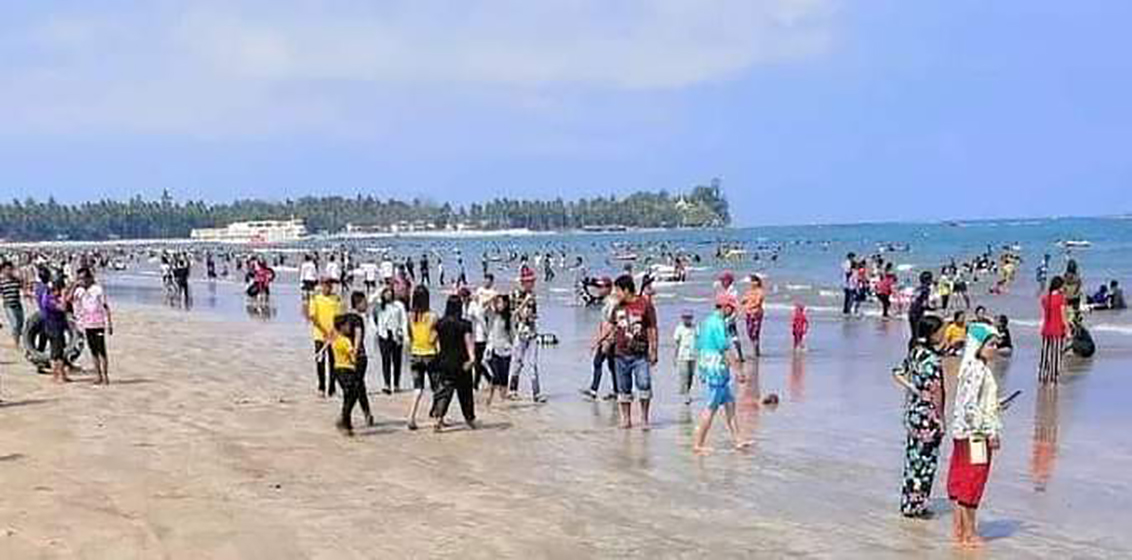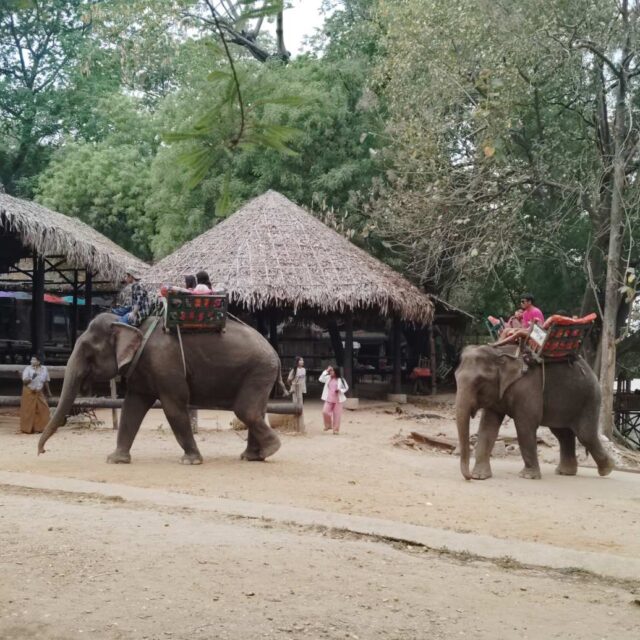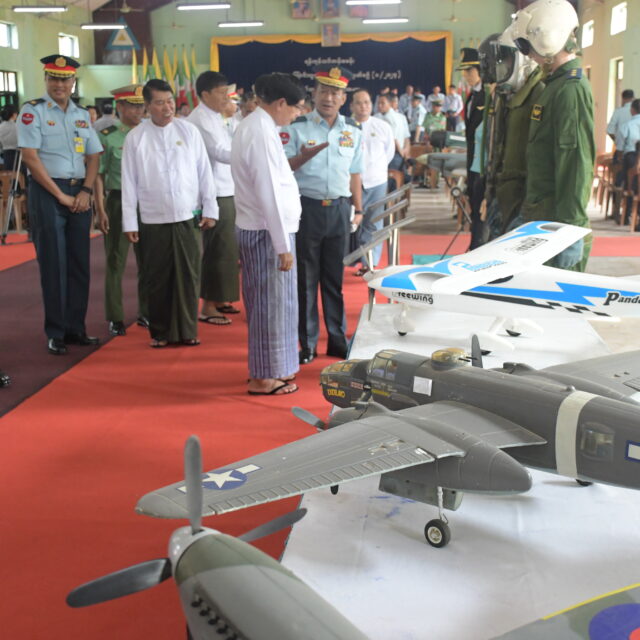Conservation, extraction and utilization of natural resources in the coastal areas must be harmonious between the users and founders, remarked Chairman of the National-Level Central Committee on Administration and Management of Natural Resources in Coastal Areas, Vice-Chairman of the State Administration Council, Deputy Commander-in-Chief of Defence Services, Commander-in-Chief (Army) Vice-Senior General Soe Win, at the first meeting of the central committee at the Ministry of Natural Resources and Environmental Conservation in Nay Pyi Taw yesterday afternoon.
Speaking on the occasion, Myanmar’s coastal area is 1,200 miles long. Coastal natural resources are valuable to the countries possessing coastal lines. The State-Level Central Committee on the Administration and Management of Natural Resources in Coastal Areas was formed on 30 November 2016 to implement ten assigned duties. It held seven meetings to adopt 54 points of decisions. Among them, 47 points were implemented, and seven points underway.
Global countries, including Myanmar, are carrying out the tasks in line with 17 sustainable development goals. Among them, the 14th goal is related to the coastal areas and the development of the marine regions.
Maritime water temperature at the coastal, current in the sea, water living creatures and marine biodiversity are basic factors as primary support to the survival of humanity. Livelihoods and jobs of more than 3,000 million of the global population depend on the sea coasts and marine biodiversity. It was reported that some 30 per cent of the world’s fish resources, including fish resources from Myanmar coasts, has been extremely exploited.
Consequently, the coastal areas face extreme exploitation. Likewise, water pollution at the seas imposes threats to fish resources and ecosystems. About 80 per cent of waste found in the seawater came from the inland area.
The waste that causes pollution in coastal areas and marine areas spreads from the poles to the equator, the international water territories, and the sea’s bed via water surface, destroying biodiversity, habitations, and ecosystems. Most of the waste discarded into the seawater are plastic wares such as packaging wares and disposable plastic equipment, and waste fishing nets. Drainage of the waste solution, fertilizers and chemicals cause pollution in the coastal areas and marine water. Seawater pollution harms the seawater, which threatens sustainable extraction of fish resources, food sufficiency, plentiful biodiversity and health and socio-economic development of humans.
As marine creatures eat waste materials such as plastic wares in the seawater, they die due to blocking the digest routes with plastic wares. Fish and sea creatures die at the discarded fishing nets. Likewise, waste is destroying coastal areas, marine natural resoruces such as mangrove forest, coral reefs, sea grass, deltaic area, and sandbanks.
The leak of fuel at the coastal areas and in the seawater threatens the coastal and marine water areas. Powerful retransmitter installed at the offshore oil and natural gas exploration ships are harmful to the nature of whales and cause death to marine invertebrate animals.
According to the 2020 announcement of the International Union for the Conservation of Nature-IUCN, 25 per cent of marine mammals, 27 per cent of sea birds and 27 per cent of coral reefs are critically endangered. It is the danger as well as challenges faced along Myanmar coastal area.
As the equipment used in the prevention of COVID-19 are discarded into the seawater, it becomes a new type of pollution in the seas.
It is necessary to adopt long-term plans to enhance response to capability against seawater pollution and related climate change. While joining hands with the international community in implementing the 14th goal, Myanmar adopted the sustainable development plan (2018-2030) and emphasized the implementation of the 5th goal to conserve the natural environment, including coastal areas and marine water. All citizens, including Tatmadaw (Navy), should shoulder the duty of protection of coastal areas and marine water.
Union ministers discussed administration, management and conservation of coastal area resources, mangrove forest management and establishment of mangrove forest ecosystem, prevention of water pollution, environmental conservation, natural disaster management, conservation of fish resources and efforts for fish sufficiency, and educative tasks.
In conclusion, the Vice-Senior General said that conservation, exploitation and utilization of natural resources in the coastal areas must be harmonious between the users and founders for the sake of current and future generations. It is necessary to coordinate the issues. In so doing, it is necessary to take account of coastal region development, which can affect the natural environment and socio-economy. The establishment of mangrove forests, forest reserves, protected public forests, and wildlife sanctuaries must be undertaken under the plans. Effective prevention must be taken for the tasks harming the mangrove forests. Undertakings of ten tasks of the Central Committee must be based on own experiences. For sustainability of coastal resources in Myanmar, all stakeholders need to work in concert for multiple administration and management of coastal resources. —MNA
All stakeholders need to work in concert for multiple administration and management of coastal resources: Vice-Senior General
- June 10, 2021
- 563
